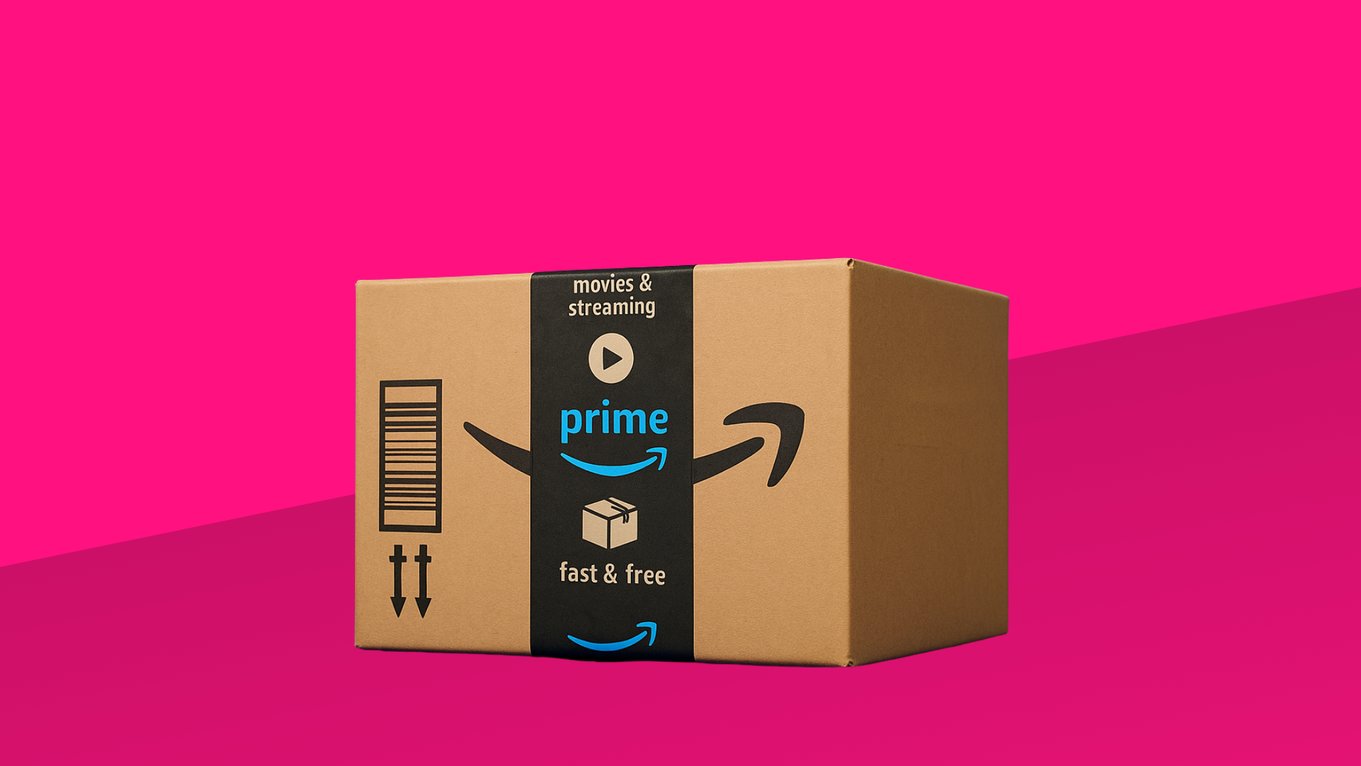Think back to the last expensive product you purchased. Maybe it was a wearable like the newest Apple Watch, a pair of running shoes, or a new TV. How did you go about making your purchase? Did you just buy the item in one click? Did you see it in-store and immediately hand over your debit card? Or did you first research online via social media and comparison sites, then experience the physical product in-store, then research prices online to decide where to buy?
As consumer behaviour evolves and the younger, more tech-savvy generation gains more experience in maximising their value for money, brands and retailers must evolve to meet these shoppers where they are and win the sale. These changes, amidst a wider shift toward omnichannel selling, call for a more thoughtful approach to the interaction and synchronisation of online and offline pricing. Businesses are spending more time and resources on building omnichannel pricing strategies that can succeed – and be implemented – across all points of sale.
In this article, Omnia explores the evolution in consumer behaviour and price comparison and how omnichannel brands and retailers can use dynamic pricing to bridge the gap.
How Does a Consumer Make their Decision to Buy?
Today’s consumer is investing more time and effort in the research stage before making a decision about if they should buy, and if so, when they should buy and from whom. 44% of consumers say they are spending more time planning their shopping trips to brick-and-mortar stores, while about half say they’re spending less time just browsing in physical stores.
The retail analyst, Natalie Berg explains:
"There's just so many different ways to shop today. And as shoppers, we don't think in channels. We just want to shop and we want a seamless experience across the many touchpoints that exist today. But we're channel agnostic and we're device agnostic. Retailers have had to work really hard behind the scenes to make this a seamless experience."
Google Trends has found some compelling insights on these omnichannel consumer behaviours since 2023:
- About one-third of consumers are spending more time on their decision-making, considering more brands, stores and retailers in the process
- 65% of consumers are more likely to research a product online, even if they plan to buy in the store
- And vice versa: 59% are more likely to go to stores to physically see or touch a product, even if they intend to buy online
- The trend is even stronger around the holidays: Consumers used online search before 96% of in-store holiday shopping trip
It’s clear that online and offline are colliding, and as the data above shows, the buying journey can take many paths.
Some consumers might research online first – watching unboxing videos from their favourite influencers, searching the product on social media or comparison sites – then go in-store to experience the physical product. Even after all that, they might conduct more price research online to decide whether to buy online or in-store, or whether to buy from a different seller altogether.
Others might browse in-store first to get a feel for what they like, then research reviews, prices and other factors online before deciding if or where to buy.
There are countless paths to purchase, and shopping behaviour is influenced by a number of factors:
- Price: The higher the investment, the more likely it is that the consumer will invest more effort and take the time to research
- Complexity: If a product is more complex, it is more challenging to get a full picture. A technical description does not always reflect the experience; for example, do you know offhand how loud 48 dB will sound in a pair of headphones?
- Experience: The five senses contribute to emotions, which can lead to consumers making a purchase. Experiencing a product and all its sensory information first hand can be a significant factor in the shopping journey.
- Returns: How easy is it to return a product? For example, consumers might be more likely to research items that are fragile or those cannot be returned due to hygiene reasons, versus something like a sweater that can easily be sent back.
- Brand: If the experience and association with the brand is exceptional – for example, the in-store service – a number of shopping behaviours could be impacted. The consumer might be more likely to want to shop in person and to go through with the purchase, and they are likely to be willing to pay a bit more.
Competing in the price comparison stage
Once a decision is made to purchase the product, the modern consumer is savvy enough to compare prices online. This means sellers across channels are competing on price, and if you’re an omnichannel brand or retailer, you’re essentially competing with everyone.
In these highly competitive environments, dynamic pricing is an effective strategy to capture more sales and take control of your assortment. Omnichannel brands and retailers benefit from dynamic pricing in a number of ways, including:
- Competitive pricing advantage: Dynamic pricing adjusts prices in real time based on market conditions, competitor pricing and predetermined pricing rules. This ensures that prices remain attractive to consumers compared to other options in the market, which is particularly important when a shopper starts researching prices online.
- Maximising revenue: By dynamically adjusting prices at a higher frequency, retailers can set prices that reflect current demand, customer behaviour and other market variables, boosting revenue over time.
- Inventory management: By adjusting prices based on inventory levels, retailers can promote products that need to be cleared quickly or maximise profits on high-demand items. This is especially helpful when managing stock for both brick-and-mortar stores and online sales.
- Seasonal and promotional pricing: As mentioned previously, merging online research with brick-and-mortar shopping is even more relevant during holiday events, with consumers using online search before 96% of in-store holiday shopping trips. Dynamic pricing gives omnichannel retailers and brands the flexibility to respond to seasonal trends, demand fluctuations and promotional events.
- Real-time market changes: External factors, such as changes in the economy, weather conditions or geopolitical events, can impact consumer behaviour and market dynamics; changes that retailers can more quickly adapt to using dynamic pricing.
- Agility and flexibility: As online and offline become more intertwined, omnichannel sellers need to adapt and respond quickly to new information and competitor pricing updates.
Bridging the Pricing Gap in Omnichannel
Omnichannel brands without a cohesive dynamic pricing strategy can face unnecessary losses and fractured pricing between channels. The challenge is this: How do you match your offline store to your online store while still competing with your key competitors?
Consistency across online and offline channels is crucial. Omnichannel sellers have to find ways to synchronise both pricing strategies in order to provide a seamless experience for consumers and avoid losing sales or loyalty if a consumer or price comparison site spots a discrepancy.
This is a common challenge. Many retailers struggle to align pricing: Their online prices change frequently, while their offline products are far more static. It’s easy to change an online price any time, but the retailer doesn’t want to change in-store prices every time if they are simply printed on signs, tags or stickers.
There are a few ways to mitigate this challenge with the help of Omnia Retail dynamic pricing software.
Electronic shelf labels (ESLs)
This is the easiest way to match online and offline pricing. It requires more financial investment and IT infrastructure, but saves on costs by decreasing the labour and time needed to update prices.
If the cost of purchasing ESLs is too high, retailers can rent them (which tends to be far cheaper than buying), either for the whole assortment or just high sellers.
One thing to consider with ESLs is timing. You don’t want a price to change on an ESL if a customer is standing right next to it. Imagine you’re shopping in a store, and the price on a product suddenly jumps from €100 to €110. The product hasn’t changed in the last five seconds, so it’s unlikely you’ll think it’s fair that the price has suddenly increased by 10%.
To mitigate this, retailers might choose specific hours to change prices, either when the store is closed or during slower hours for foot traffic. Other retailers offer a discount if a customer comes to them after having found a cheaper price online compared to in-store.
Fixed price adjustment days
Another option is to decide on fixed days when you will align online and offline pricing, and adjust your repricing frequency to match. Compared to the ESL option, this is suboptimal, but it will allow you to synchronise prices at a level that does not exceed your shop floor staff capacity.
This option will also decrease the chance of consumers walking out after checking online and discovering that either 1) your prices don’t match your own website or 2) your competition sells it for far cheaper. While providing great in-store service and experience adds value that consumers may be willing to pay more for, they are still likely to leave if the price difference is too large.
Gaining clarity first on the following questions will help retailers to set this process up:
- Which key assortments are your revenue/margin drivers?
- How can you segment the online competition toward this assortment?
- Is there a pattern of which days the segmented competition is repricing their products?
Answering these questions will tell you which assortments to prioritise, as well as which days your segmented competition is adjusting prices so you can do the same.
Dynamic Pricing Made Simpler with Omnia
As consumers become more research savvy and the lines between online and offline shopping continue to blur, retailers and brands – especially those operating in an omnichannel environment – will need to adjust pricing strategies to win over the competition. If shoppers are researching on multiple channels, then those retailers and brands must be consistent and competitive across all points of sale.
Omnia’s dynamic pricing software enables retailers and brands to bridge the pricing gap in omnichannel. Our customers who utilise ESLs use Omnia’s dynamic pricing software in a number of ways to make this strategy more effective:
- Understanding which products are more competitive in the market and which are not. For brick-and-mortar sales, only the competitive product prices need to be changed more frequently.
- Setting up the frequency at which Omnia sends data for their brick-and-mortar products, according to their ESL pricing strategies. This can be done in three different formats: CSV, XML and JSON. Omnia's output can be placed automatically to an (s)ftp location from where your ESL system can pick up the latest pricing data.
- Using Omnia’s filtering capabilities to decide which parts of the assortments you want to include in the reports used to change the products' prices on the ESL. This means that you can make a differentiation between the fixed-price products and the products that you want to change dynamically.
- Aligning online and offline pricing (where relevant). Omnia data enables customers to remove discrepancies. For example, one Omnia customer used to do their offline repricing manually – a tedious and time-consuming process. Now, they use ESL software connected to the Omnia output, making it faster, easier and more accurate.





